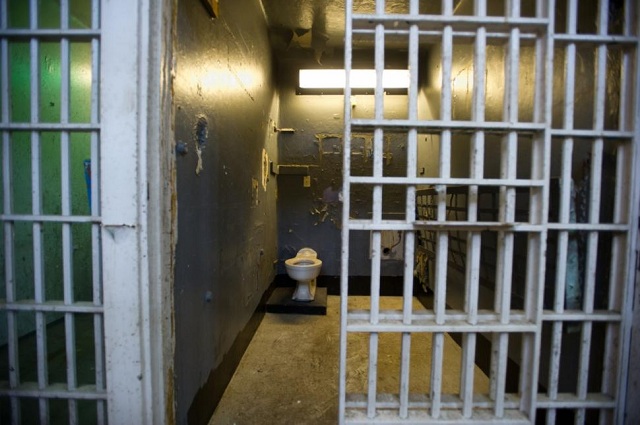Fireguard: Frequently asked questions

AS we approach yet another dry season, let us be proactive and protect our properties from the possibility of veld fires. One way of achieving this is through constructing standard fireguards right round your property. These are some of the frequently asked questions regarding fireguard construction and the answers have been provided.
What is a fireguard?
It is a belt of not less than 9 metres that is cleared of all inflammable materials in order to control the spread of veld fires.
Fireguards are essential for protecting and safeguarding veldts, property and lives of various living organisms including human beings.
However, many land users or property owners do not prioritise the construction of fireguards. It is a statutory requirement that any land user or property owner should put in place fire prevention mechanisms and one of them is the construction of standard fireguards.
What is a standard fireguard?
A standard fireguard is one which measures at least 9 metres wide on either side of a boundary line/fence.
It then follows that between two properties, the fireguard becomes at least 18 metres wide.
Internal fireguards of at least 4,5 metres should be constructed in addition to the existing pathways and roads to ensure extra-protection of properties and other valuables.
The width of the fireguards should be increased if the area is surrounded by tall grass.
When are they constructed?
Fireguards should be constructed before the end of the month of June every year. The use of tractors, ox-drawn ploughs and hoes is highly recommended so as to get rid of all flammable material.
If fire is to be used as a tool in fireguard construction, the burning should be done when the weather conditions are conducive as advised by the Meteorological Services Department (MSD) for controlled burning.
Where are they constructed?
Fireguards should be constructed around farms, paddocks, woodlots, orchards, nurseries croplands and boundary fences.
Construction of fireguards should be on the calendar of all land users and property owners each and every year to comply with legal provisions.
Methods of constructing fireguards
There are various methods which can be used to construct fireguards. The choice of any one technique over the other is dependent upon such variables like labour costs, availability of farm machinery, skills and knowledge. They include:
1. Use of a tractor or ox-drawn plough. The tractor and ox-drawn plough are used to clear off vegetation in the 9m wide strip if resources permit.
In the event that resources are limited, the tractor/plough can clear vegetation within 2m wide on each side of the 9m wide strip then the remaining vegetation can be burnt.
However, the use of fire during fireguard construction is greatly discouraged. The tractor method is ideal before the land dries up to strip plough fire breaks and the area should be free from all flammable materials.
2. The hoeing and mowing methods can also be used to clear the vegetation on the 9m strip. Mowing can be done in areas of sparse vegetation and low rates of wind whereby slashers or sickles can be used to cut off grass and no burning is done.
3. Controlled burning – this method is considered costless and time effective but it is the least encouraged as it can cause environmental and economic devastation if the fire gets out of hand and becomes wild.
Controlled burning may be done early in the morning before dew evaporates from the grass.
If this method is used, the weather conditions should be conducive, avoid windy days.
Adherence to these conditions increases the chances of controlling a fire in the event that it becomes wild. Fire beaters, water filled knapsack sprayers and bowsers should always be ready whenever controlled burning is being undertaken.
NB. Prior notifications should be done 24 hours before the exercise commences and it is a legal requirement that the ZRP, EMA and the Forestry Commission should be notified 6 weeks prior to the exercise.
Likewise, fire traces should be constructed first before the controlled burning is undertaken. These are narrow strips cleared on either side of fireguard to facilitate burning.
How is the fireguard maintained?
The fireguard should be inspected regularly kept clear of vegetation through slashing and hoeing vegetation regeneration.
The fireguard should be free of any flammable materials to ensure fireguards render their intended use and value.
What does the law say?
As a rule of thumb, prescribed burning for fireguard construction and other uses must be done before and not during the fire season.
The fire season for Zimbabwe starts from July 31 up to October 31.
This has been prescribed in Section 140 of the Environmental Management Act [Chapter 20:27] as read with Section 15 (4) of Statutory Instrument No. 7 of 2007 (EIA and Ecosystems Protection Regulations).
This makes it mandatory to put in place standard fireguards as pre-suppression measures which prevent fires from spreading.
Report all sewer bursts and illegal solid waste dumps to your Local Authority and to EMA.










Comments